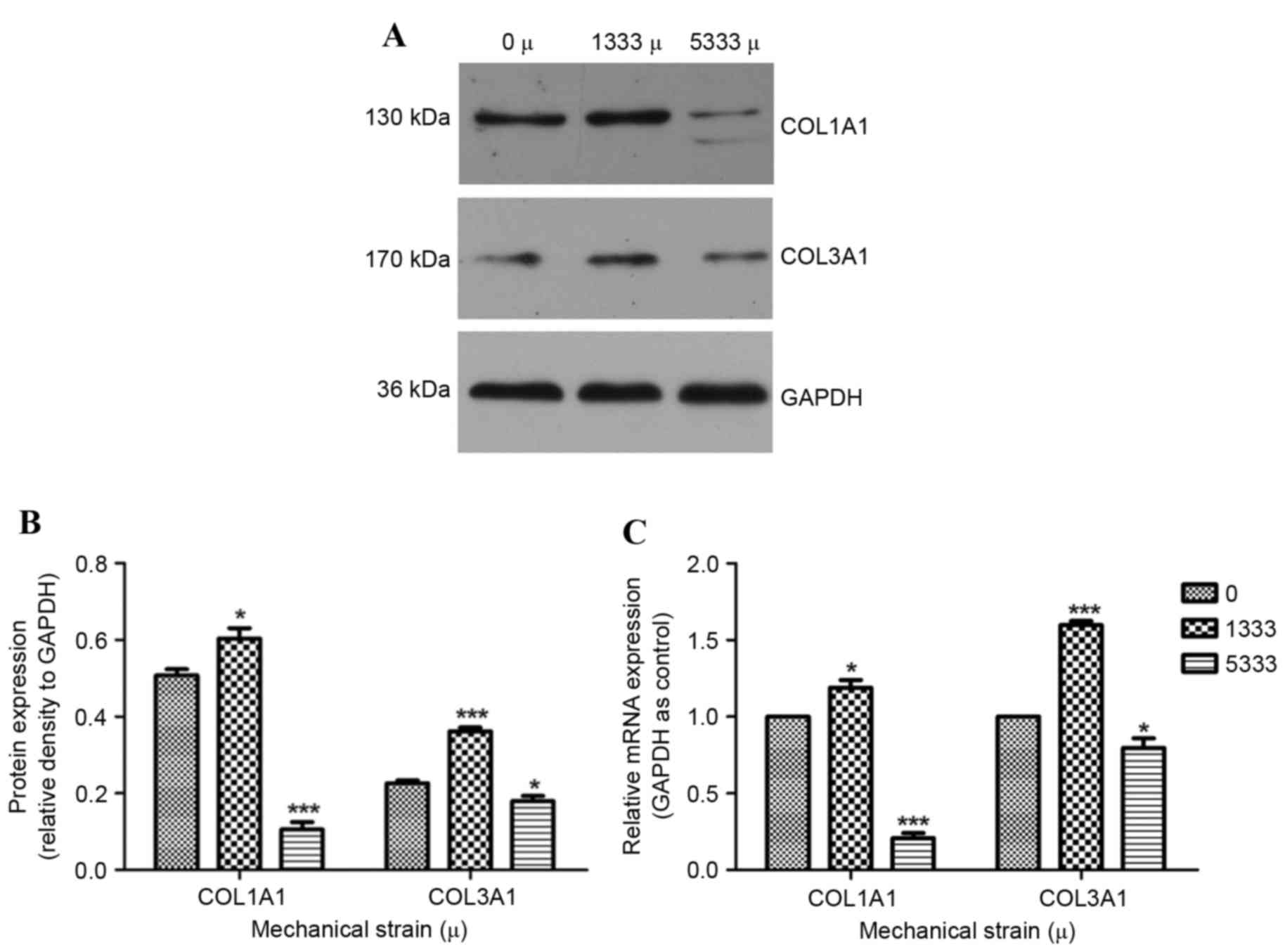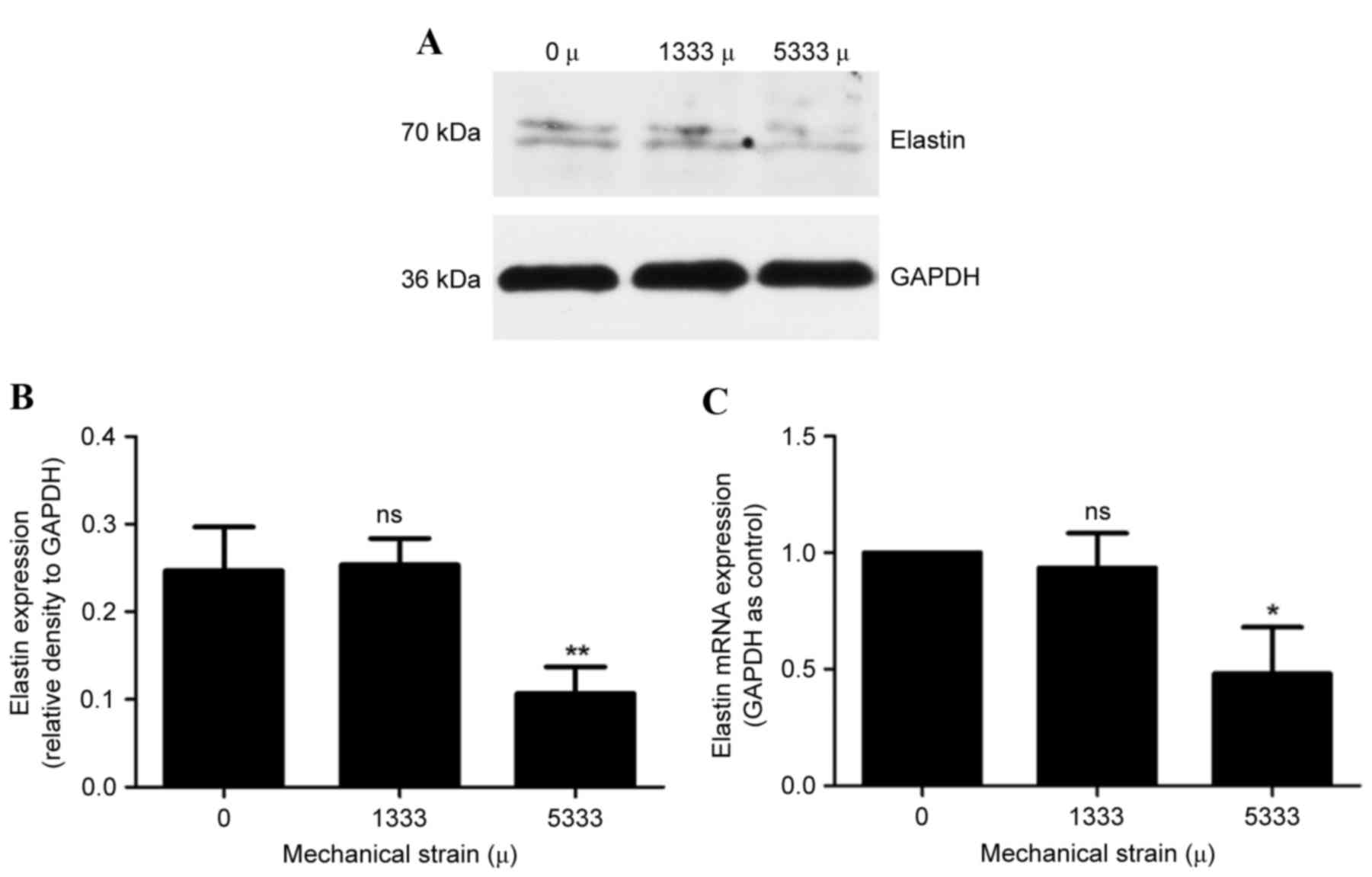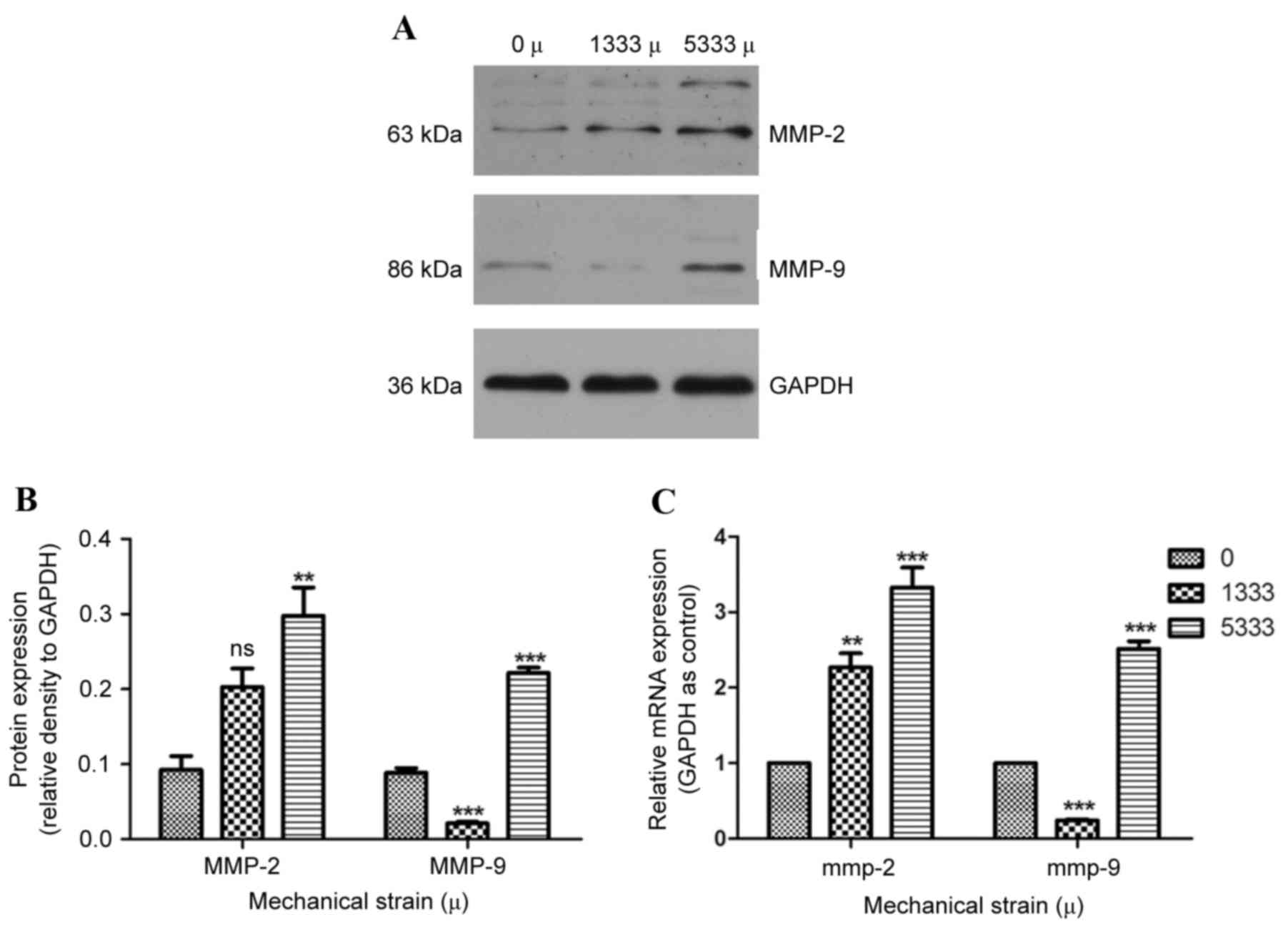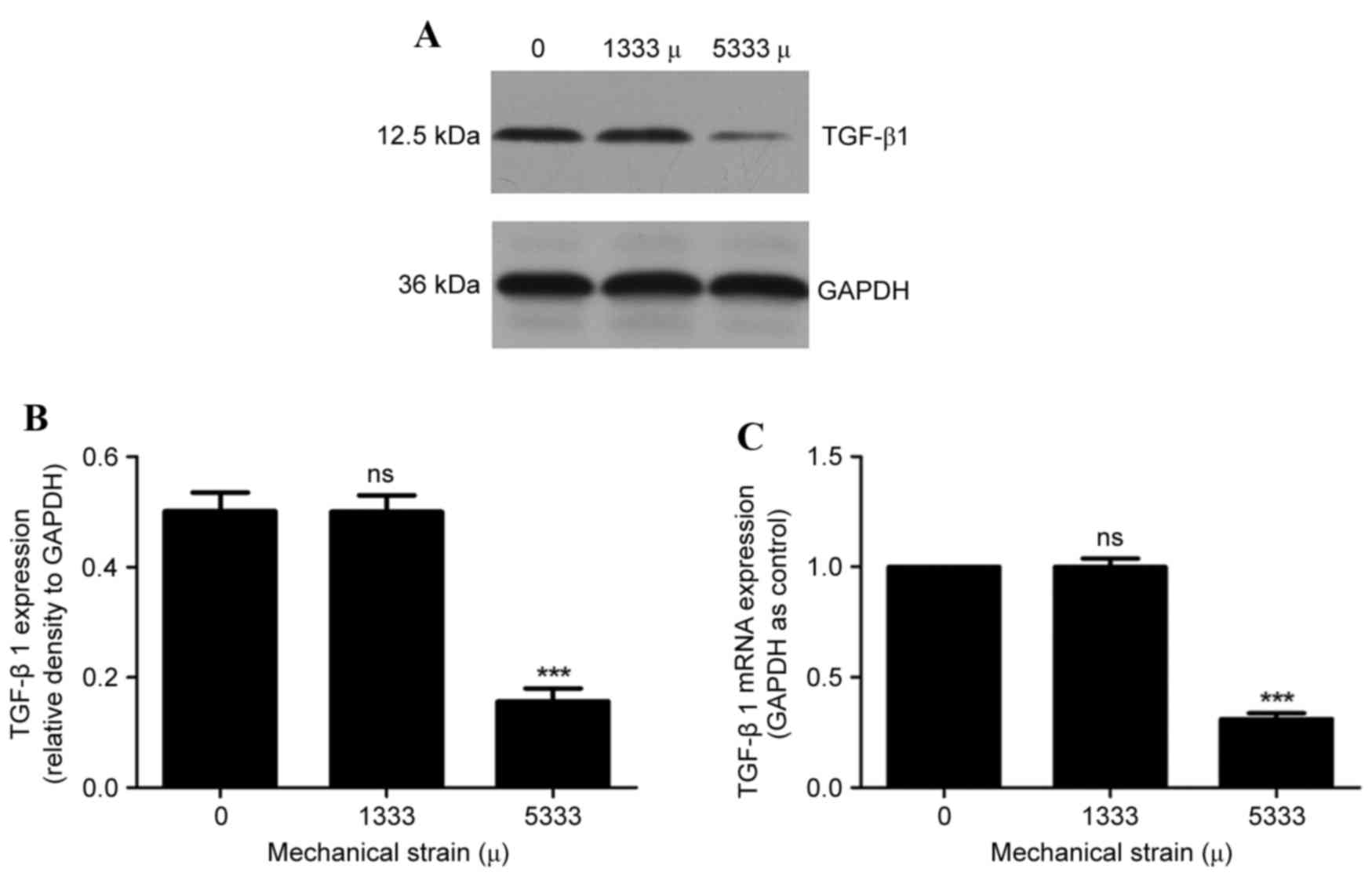|
1
|
Wu JM, Matthews CA, Conover MM, Pate V and
Funk Jonsson M: Lifetime risk of stress urinary incontinence or
pelvic organ prolapse surgery. Obstet Gynecol. 123:1201–1206. 2014.
View Article : Google Scholar : PubMed/NCBI
|
|
2
|
Buchsbaum GM, Duecy EE, Kerr LA, Huang LS,
Perevich M and Guzick DS: Pelvic organ prolapse in nulliparous
women and their parous sisters. Obstet Gynecol. 108:1388–1393.
2006. View Article : Google Scholar : PubMed/NCBI
|
|
3
|
Jelovsek JE, Maher C and Barber MD: Pelvic
organ prolapse. Lancet. 369:1027–1038. 2007. View Article : Google Scholar : PubMed/NCBI
|
|
4
|
Dviri M, Leron E, Dreiher J, Mazor M and
Shaco-Levy R: Increased matrix metalloproteinases-1, −9 in the
uterosacral ligaments and vaginal tissue from women with pelvic
organ prolapse. Eur J Obstet Gynecol Reprod Biol. 156:113–117.
2011. View Article : Google Scholar : PubMed/NCBI
|
|
5
|
Ewies AA, Al-Azzawi F and Thompson J:
Changes in extracellular matrix proteins in the cardinal ligaments
of post-menopausal women with or without prolapse: A computerized
immunohistomorphometric analysis. Hum Reprod. 18:2189–2195. 2003.
View Article : Google Scholar : PubMed/NCBI
|
|
6
|
Sandberg LB, Weissman N and Gray WR:
Structural features of tropoelastin related to the sites of
cross-links in aortic elastin. Biochemistry. 10:52–56. 1971.
View Article : Google Scholar : PubMed/NCBI
|
|
7
|
Ramirez F, Sakai LY, Dietz HC and Rifkin
DB: Fibrillin microfibrils: Multipurpose extracellular networks in
organismal physiology. Physiol Genomics. 19:151–154. 2004.
View Article : Google Scholar : PubMed/NCBI
|
|
8
|
Sakai LY, Keene DR and Engvall E:
Fibrillin, a new 350-kD glycoprotein, is a component of
extracellular microfibrils. J Cell Biol. 103:2499–2509. 1986.
View Article : Google Scholar : PubMed/NCBI
|
|
9
|
Zhang H, Apfelroth SD, Hu W, Davis EC,
Sanguineti C, Bonadio J, Mecham RP and Ramirez F: Structure and
expression of fibrillin-2, a novel microfibrillar component
preferentially located in elastic matrices. J Cell Biol.
124:855–863. 1994. View Article : Google Scholar : PubMed/NCBI
|
|
10
|
Carley ME and Schaffer J: Urinary
incontinence and pelvic organ prolapse in women with Marfan or
Ehlers Danlos syndrome. Am J Obstet Gynecol. 182:1021–1023. 2000.
View Article : Google Scholar : PubMed/NCBI
|
|
11
|
Kerkhof MH, Hendriks L and Brölmann HA:
Changes in connective tissue in patients with pelvic organ
prolapse-a review of the current literature. Int Urogynecol J
Pelvic Floor Dysfunct. 20:461–474. 2009. View Article : Google Scholar : PubMed/NCBI
|
|
12
|
Chen B, Wen Y and Polan ML: Elastolytic
activity in women with stress urinary incontinence and pelvic organ
prolapse. Neurourol Urodyn. 23:119–126. 2004. View Article : Google Scholar : PubMed/NCBI
|
|
13
|
Visse R and Nagase H: Matrix
metalloproteinases and tissue inhibitors of metalloproteinases:
Structure, function, and biochemistry. Circ Res. 92:827–839. 2003.
View Article : Google Scholar : PubMed/NCBI
|
|
14
|
Lisboa RA, Lisboa FA, de Castro Santos G,
Andrade MV and Cunha-Melo J: Matrix metalloproteinase 2 activity
decreases in human periodontal ligament fibroblast cultures
submitted to simulated orthodontic force. In Vitro Cell Dev Biol
Anim. 45:614–621. 2009. View Article : Google Scholar : PubMed/NCBI
|
|
15
|
Yao PM, Buhler JM, d'Ortho MP, Lebargy F,
Delclaux C, Harf A and Lafuma C: Expression of matrix
metalloproteinase gelatinases A and B by cultured epithelial cells
from human bronchial explants. J Biol Chem. 271:15580–15589. 1996.
View Article : Google Scholar : PubMed/NCBI
|
|
16
|
Wilson MS and Wynn TA: Pulmonary fibrosis:
Pathogenesis, etiology and regulation. Mucosal Immunol. 2:103–121.
2009. View Article : Google Scholar : PubMed/NCBI
|
|
17
|
Pascual G, Corrales C, Gómez-Gil V, Buján
J and Bellón JM: TGF-beta1 overexpression in the transversalis
fascia of patients with direct inguinal hernia. Eur J Clin Invest.
37:516–521. 2007. View Article : Google Scholar : PubMed/NCBI
|
|
18
|
Wen Y, Polan ML and Chen B: Do
extracellular matrix protein expressions change with cyclic
reproductive hormones in pelvic connective tissue from women with
stress urinary incontinence? Hum Reprod. 21:1266–1273. 2006.
View Article : Google Scholar : PubMed/NCBI
|
|
19
|
Meijerink AM, van Rijssel RH and van der
Linden PJ: Tissue composition of the vaginal wall in women with
pelvic organ prolapse. Gynecol Obstet Invest. 75:21–27. 2013.
View Article : Google Scholar : PubMed/NCBI
|
|
20
|
Qi XY, Hong L, Guo FQ, Fu Q, Chen L and Li
BS: Expression of transforming growth factor-beta 1 and connective
tissue growth factor in women with pelvic organ prolapse. Saudi Med
J. 32:474–478. 2011.PubMed/NCBI
|
|
21
|
Li BS, Hong L, Min J, Wu DB, Hu M and Guo
WJ: The expression of glutathione peroxidase-1 and the anabolism of
collagen regulation pathway transforming growth
factor-beta1-connective tissue growth factor in women with uterine
prolapse and the clinic significance. Clin Exp Obstet Gynecol.
40:586–690. 2013.PubMed/NCBI
|
|
22
|
Hong S, Li H, Wu D, Li B, Liu C, Guo W,
Min J, Hu M, Zhao Y and Yang Q: Oxidative damage to human
parametrial ligament fibroblasts induced by mechanical stress. Mol
Med Rep. 12:5342–5348. 2015.PubMed/NCBI
|
|
23
|
Livak KJ and Schmittgen TD: Analysis of
relative gene expression data using real-time quantitative PCR and
the 2(−Delta Delta C(T)) method. Methods. 25:402–408. 2001.
View Article : Google Scholar : PubMed/NCBI
|
|
24
|
Delancey JOL: Standing anatomy of the
pelvic floor. J Pelvic Surg. 2:1996.
|
|
25
|
Ramanah R, Berger MB, Chen L, Riethmuller
D and Delancey JO: See it in 3D!: Researchers examined structural
links between the cardinal and uterosacral ligaments. Am J Obstet
Gynecol. 207:437.e1–e7. 2012. View Article : Google Scholar
|
|
26
|
DeLancey JO: Anatomic aspects of vaginal
eversion after hysterectomy. Am J Obstet Gynecol. 166:1717–1728.
1992. View Article : Google Scholar : PubMed/NCBI
|
|
27
|
Mosier E, Lin VK and Zimmern P:
Extracellular matrix expression of human prolapsed vaginal wall.
Neurourol Urodyn. 29:582–586. 2010. View Article : Google Scholar : PubMed/NCBI
|
|
28
|
Connell KA, Guess MK, Chen H, Andikyan V,
Bercik R and Taylor HS: HOXA11 is critical for development and
maintenance of uterosacral ligaments and deficient in pelvic
prolapse. J Clin Invest. 118:1050–1055. 2008.PubMed/NCBI
|
|
29
|
Sun ZJ, Zhu L, Lang JH, Wang Z and Liang
S: Proteomic analysis of the uterosacral ligament in postmenopausal
women with and without pelvic organ prolapse. Chin Med J (Engl).
128:3191–3196. 2015. View Article : Google Scholar : PubMed/NCBI
|
|
30
|
Gabriel B, Denschlag D, Göbel H, Fittkow
C, Werner M, Gitsch G and Watermann D: Uterosacral ligament in
postmenopausal women with or without pelvic organ prolapse. Int
Urogynecol J Pelvic Floor Dysfunct. 16:475–479. 2005. View Article : Google Scholar : PubMed/NCBI
|
|
31
|
Liu C, Yang Q, Fang G, Li BS, Wu DB, Guo
WJ, Hong SS and Hong L: Collagen metabolic disorder induced by
oxidative stress in human uterosacral ligament-derived fibroblasts:
A possible pathophysiological mechanism in pelvic organ prolapse.
Mol Med Rep. 13:2999–3008. 2016.PubMed/NCBI
|
|
32
|
Kielty CM, Sherratt MJ and Shuttleworth
CA: Elastic fibres. J Cell Sci. 115:2817–2828. 2002.PubMed/NCBI
|
|
33
|
Creemers LB, Jansen ID, Docherty AJ,
Reynolds JJ, Beertsen W and Everts V: Gelatinase A (MMP-2) and
cysteine proteinases are essential for the degradation of collagen
in soft connective tissue. Matrix Biol. 17:35–46. 1998. View Article : Google Scholar : PubMed/NCBI
|
|
34
|
Gabriel B, Watermann D, Hancke K, Gitsch
G, Werner M, Tempfer C and zur Hausen A: Increased expression of
matrix metalloproteinase 2 in uterosacral ligaments is associated
with pelvic organ prolapse. Int Urogynecol J Pelvic Floor Dysfunct.
17:478–482. 2006. View Article : Google Scholar : PubMed/NCBI
|
|
35
|
Liang CC, Huang HY, Tseng LH, Chang SD, Lo
TS and Lee CL: Expression of matrix metalloproteinase-2 and tissue
inhibitors of metalloproteinase-1 (TIMP-1, TIMP-2 and TIMP-3) in
women with uterine prolapse but without urinary incontinence. Eur J
Obstet Gynecol Reprod Biol. 153:94–98. 2010. View Article : Google Scholar : PubMed/NCBI
|
|
36
|
Dviri M, Leron E, Dreiher J, Mazor M and
Shaco-Levy R: Increased matrix metalloproteinases-1,-9 in the
uterosacral ligaments and vaginal tissue from women with pelvic
organ prolapse. Eur J Obstet Gynecol Reprod Biol. 156:113–117.
2011. View Article : Google Scholar : PubMed/NCBI
|
|
37
|
Phillips CH, Anthony F, Benyon C and Monga
AK: Collagen metabolism in the uterosacral ligaments and vaginal
skin of women with uterine prolapse. BJOG. 113:39–46. 2006.
View Article : Google Scholar : PubMed/NCBI
|
|
38
|
Trowbridge ER and Fenner DE: Conservative
management of pelvic organ prolapse. Clin Obstet Gynecol.
48:668–681. 2005. View Article : Google Scholar : PubMed/NCBI
|













